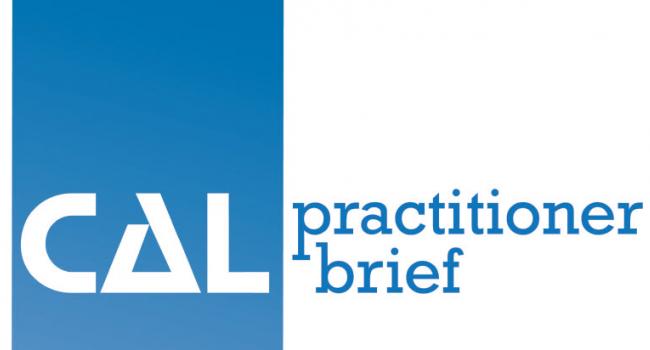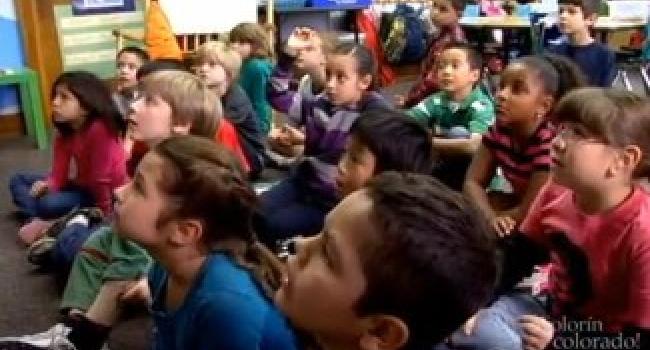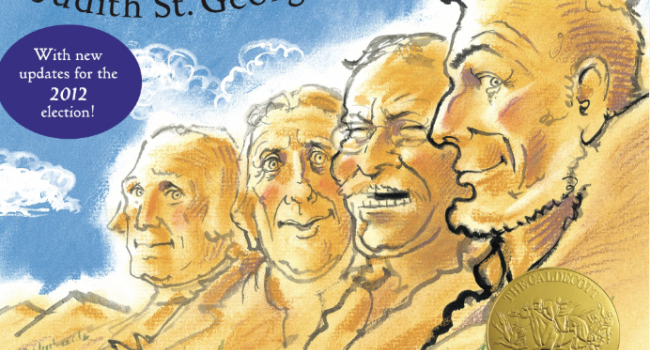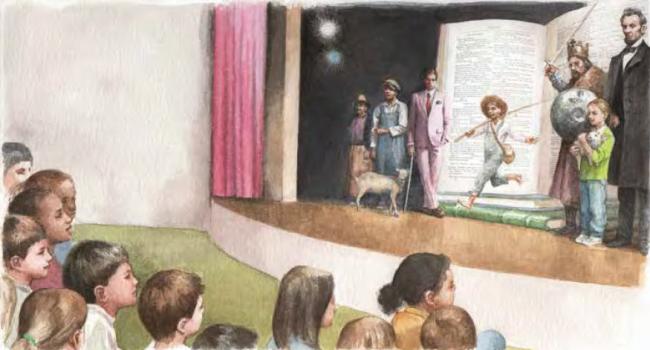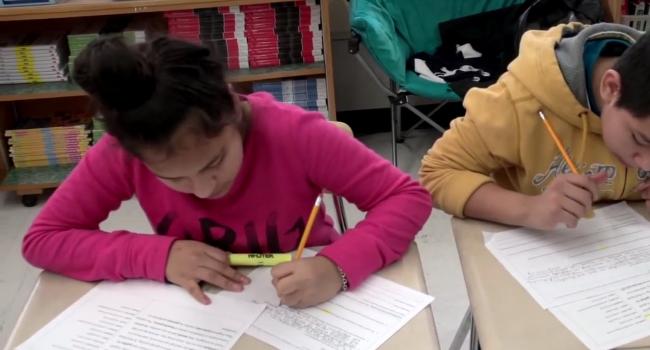Since teachers will need to plan their CCSS-based instruction around the CCSS standards as well as the CCSS-based assessments, I thought it would be helpful in part 1 of this post to dissect a sample test task from an ELL point of view in order to take a closer look at what the item might mean for ELLs and those who teach them.
Part II of the series on informational text will first provide an overview of what close reading is and could mean for ELLs, including some definitions of close reading. Then I’ll present the role of background knowledge, which is a major consideration with teaching ELLs close reading, and share some recommended resources.
http://www.cal.org/resource-center/briefs/implementing-the-common-core-for-english-learnersNow that educators and researchers alike are digging into the Common Core, more substantive conversations are emerging about what the new standards mean for ELLs, and this CAL brief does a good job painting the big picture as well as offering specific and practical ideas for the classroom.
In this blog post written for Colorín Colorado, Rhode Island administrator and WIDA trainer Julie Motta walks through a read-aloud activity for first grade and highlights how she engaged the students with the story, brought in content-area connections, and included informal assessment to check comprehension.
We’d like to start off the new year by sharing an example for developing text dependent questions for ELLs in the middle grades. We have selected a 6th-8th grade exemplar text in the category of Informational Texts: Science, Mathematics and Technology titled “The Evolution of the Grocery Bag” by Henry Petroski.
This post features examples of text-dependent questions for 2nd grade based on the book "So You Want to Be President?" by Judith St. George.
In this post, I’ll highlight some information from Tim Shanahan’s article about background knowledge in American Educator. I’ll then share a table and flow chart adapted from the article that will help you decide how much background knowledge to teach to ELLs.
This blog post highlights three resources developed by Achieve the Core that you can use to provide support to your ELLs
in this week’s post, I’ll suggest some instructional strategies that teachers of ELLs can use to prepare their students for this type of task that their ELLs will encounter on the PARCC exam in English language arts/Literacy.
As you prepare for a new school year, I’d like to share with you a rich multimedia project that was recently added to Colorín Colorado. The Common Core in Poughkeepsie, NY highlights authentic ways six ESL teachers worked with middle and high school ELLs to implement Common Core-aligned lessons.



